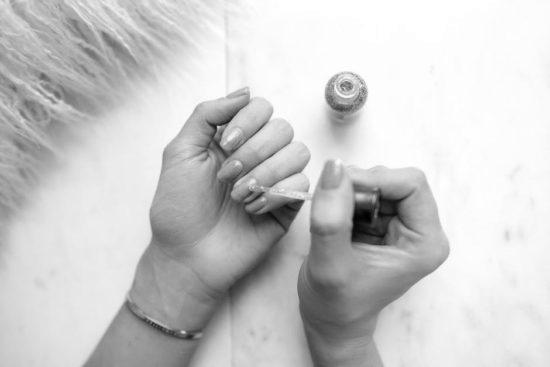- Is it Healthy to Wear Nail Polish every day?
- Adverse effects of wearing nail polish for long periods
- Harmful chemicals in nail polishes
- Effects of acetone-based nail polish remover
- Effects of dry cuticles
- What Does it Mean If My Nail Splits Into Two Layers?
- Fungal infection
- Injury
- Overexposure to water
- Occupation
- Psoriasis
Is it Healthy to Wear Nail Polish every day?
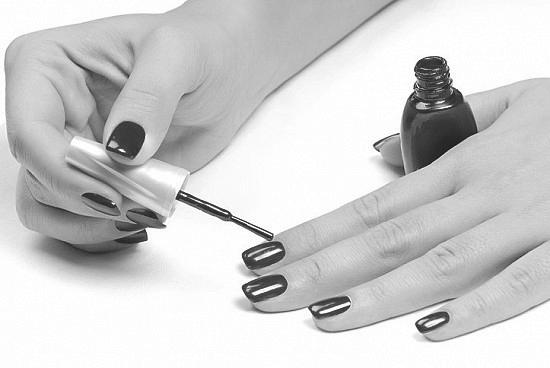
If you have been putting on a new coat of nail polish each day, you may be wondering whether it is healthy. This article discusses the risks of long-term exposure to nail polishes and the harm that acetone-based nail polish removers can cause. It also discusses the effects of dry cuticles and regrowing damaged nails. Read on to find out more! Whether nail polish is healthy for your nails depends on your personal preference and lifestyle.
Adverse effects of wearing nail polish for long periods
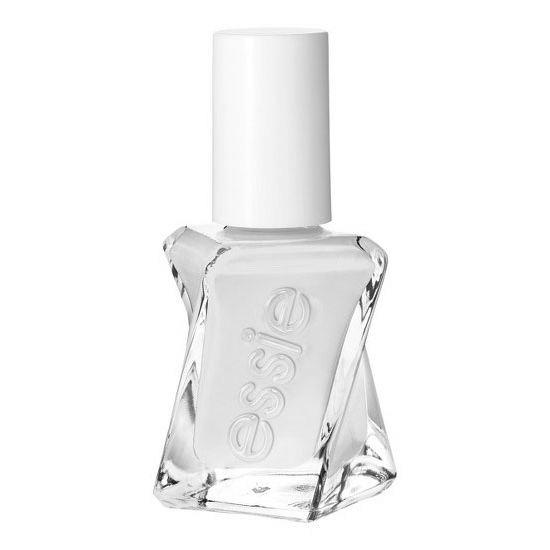
While it may be fashionable to use vibrantly colored nail polish on your fingers and toes, wearing it for long periods can cause various health problems. The chemical ingredients in nail polish may cause discoloration and staining, even cancer. Additionally, toenails require oxygen to remain healthy. While the effects of wearing nail polish vary from person to person, there are a few guidelines you can follow in choosing a safe, effective nail varnish for your particular skin type and lifestyle.
This solvent can be harsh and dry on the skin. Wearing nail polish for an extended period may damage the nail bed and cuticles. In addition, long-term wear of these types of nail polish can cause discoloration of the nails, especially when they are dark and shiny. Chronic inflammation is linked to type 2 diabetes, cancer, and cardiovascular disease. Harvard Medical School offers tips to help you combat inflammation and save your skin and nails.
Toluene is a familiar carcinogen, a chemical that helps nail polish glide smoothly on the skin. It can also irritate the eyes, lungs, and nerves. It is especially harmful to pregnant women and young children because it of causing congenital disabilities. Furthermore, nail polish with Toluene in the formula can cause allergic reactions, exacerbate skin conditions, and aggravate asthma symptoms.
Another adverse effect of wearing nail polish is that the pigment in the polish can penetrate the top layer of the nail. Consequently, these nails become less able to protect themselves from bacteria and fungus. Ultimately, this condition can spread to neighboring nails and even to the rest of the body. To treat this problem, visit a doctor immediately. You can opt for topical solutions or oral antifungal medications to cure the problem. If you are concerned about spreading the infection, take a break from wearing nail polish for long periods.
Harmful chemicals in nail polishes
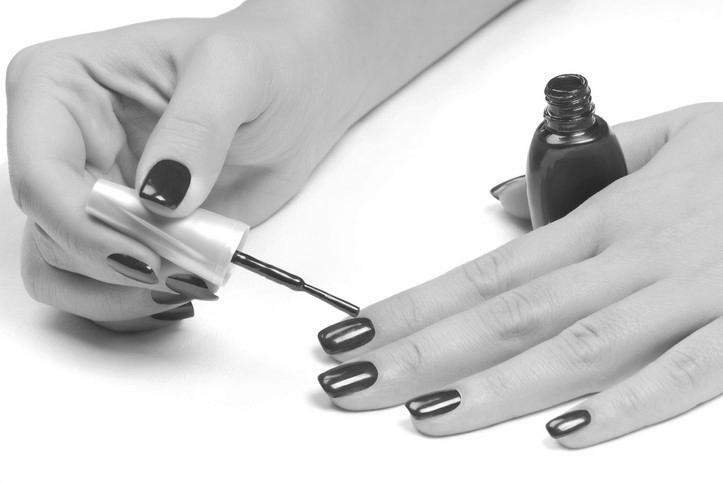
Did you know that some nail polishes contain hazardous chemicals? These chemicals can enter the bloodstream through the nail bed and cause adverse health effects. For example, TPHP (triphenyl phosphate) can cause human reproductive and developmental problems and is a suspected endocrine disruptor. The chemical as a plasticizer in nail polish and its exposure is associated with human reproductive and developmental issues.
There is no evidence that nail polish removers are beneficial for the human body. But many nail polish brands use ingredients that are known to be hazardous, avoiding the risk of contact dermatitis. To avoid these ill effects, look for a brand with water-based formulations. Water-based nail polish is much safer and more environmentally friendly than other types. Although nail polish has been around for thousands of years, it can be harmful to the environment.
An ingredient used in nail polish that adds sparkle and shimmer, Mica is a natural mineral. Mica mining requires dangerous conditions and relies on children and women’s labor. Mica miners risk their lives by spending days on the earth 20 feet below the surface, and their waste also contaminates nearby water reserves. It’s no wonder that nail polish can be dangerous to the environment.
Toluene is a known allergen in cosmetics.
Camphor gives nail polish gloss but can cause dizziness, nausea, headaches, and other problems. Butylated hydroxyanisole is also present in nail polishes. And many classes contain Nitro Cellulose, which has film-forming properties. And acetone, the chemical used to remove nail polish, is known to cause severe allergic reactions and dermatitis. These chemicals can also affect children.
Effects of acetone-based nail polish remover
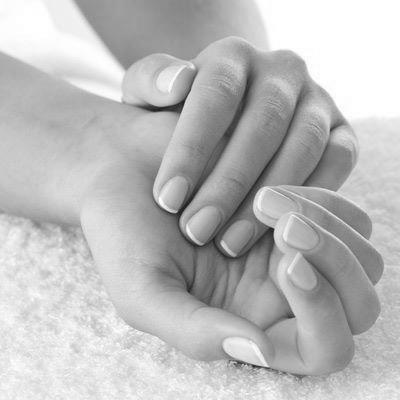
If you’ve ever used an acetone-based nail polish remover, you know how harsh and drying it can be. Not only does acetone damage your nails, but it can also cause skin irritation and infections. Another common after-effect is the yellowing of your nails. It also leaves a nasty odor. If you want to avoid these risks, it’s best to stick to a nail polish remover that contains less than 50% acetone.
Acetone is a colorless solvent commonly used to clean metal, plastic, composite, and rubber products. It can also remove grease, oil, resin, ink, and adhesive. However, acetone is not toxic in small amounts in many household products, including nail polish remover. Learn more about the effects of acetone on your health below.
If you accidentally swallow a large amount of acetone, call emergency services immediately. Acetone poisoning can be deadly, so don’t try to induce vomiting. The best thing is to contact a poison control center as soon as possible. Call your local poison control center right away if you suspect an acetone-based nail polish remover has poisoned you. A small amount won’t harm an otherwise healthy person, but excessive exposure can lead to respiratory problems, confusion, and even unconsciousness.
Although acetone-based nail polish remover isn’t the purest solution, it’s still a toxic solvent, and you should avoid it if possible. It’s also not recommended for babies or pregnant women. It can also cause toxicity if swallowed.
When you’re ready to remove your nail polish, read about the ingredients in acetone-based nail polish remover. This ingredient is flammable, so it’s best to keep it away from heat sources. You can subscribe to our daily newsletter, with health news from across the web. There’s no better time to start a healthy lifestyle than now.
Effects of dry cuticles
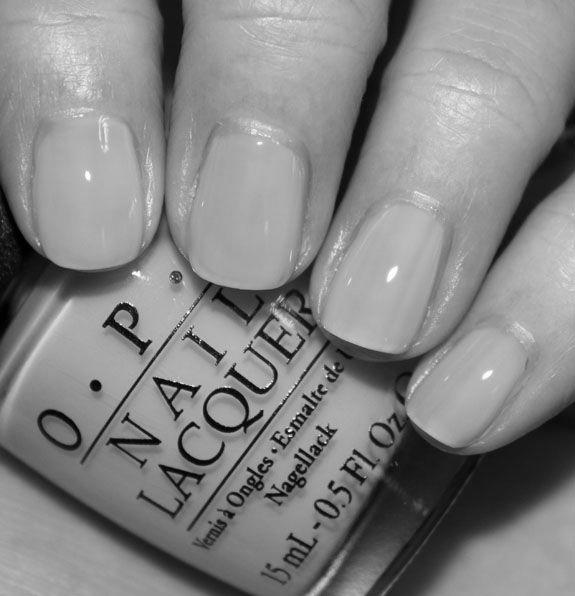
Whether you wear nail polish every day or not, the condition of your cuticles will tell you something about your health. The cuticle is an essential layer of protection between your natural nails and the chemicals you apply to them. It helps to retain moisture and protect the pin from water and infections, but the chemicals in nail polish can dry your cuticles out. One culprit for this is acetone, which dries out your cuticles and makes them feel weak and cracked.
Dry cuticles can also lead to infections. You may trim your cuticles to keep your nails looking beautiful, but this can damage you more than reasonably. Besides, removing the cuticle could leave the nail bed open to infection. If you have already trimmed your cuticles, you may not have seen these symptoms. Hence, applying cuticle moisturizer and using cuticle creams on your cuticles is essential.
The top layer of the human nail is composed of onycholysis. These cells stack together like fish scales. They help to keep the pin strong. If you repeatedly pick off your nail polish, you are taking away a part of the upper layer of the nail, which can lead to increased breakage. Moreover, you should wear gloves and moisturize your hands after wearing nail polish. You should avoid exposing your nails to the elements and wear gloves to protect them from the harsh weather.
The chemicals in nail polish can cause damage to your skin, especially if you wash your hands often. If your hands to too much water, it can make your nails more brittle and prone to peeling, breaking, and infection. Similarly, you should avoid soaking your hands in water before applying nail polish. It may make your nails more vulnerable to disease, but it also allows the polish to adhere better to your cuticles.
The best way to prevent brittle nails is to break your gel nails every eight weeks will allow them to rehydrate and repair the underlying structures. Apply a cuticle serum before applying your polish to prevent picking and tearing at your manicure. Olive & June’s Cuticle Serum Duo is an excellent product for this. If you choose to apply polish, wait at least five minutes between coats to reduce the chances of bubbles and make sure that it dries properly. It will also help to avoid chipping.
What Does it Mean If My Nail Splits Into Two Layers?
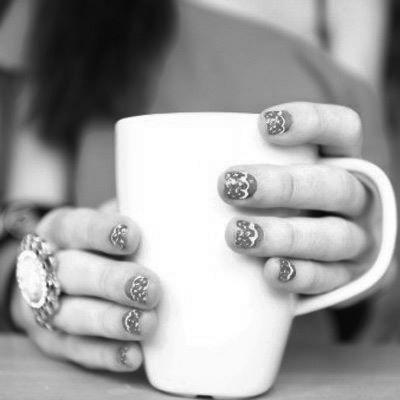
If you wonder what it means if your nail splits into two layers, read this article to discover the causes. This common problem can by several factors, including fungal infection, injury, and overexposure to water. Here are some home remedies that may help. If the break has not yet grown out, you can use a teabag to hold the nail together and let it grow out.
Fungal infection
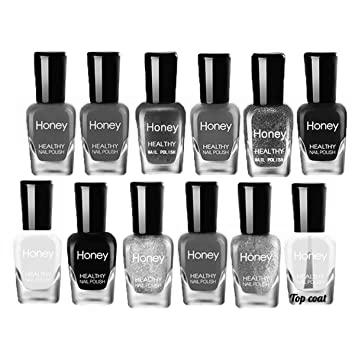
A fungal infection causes your nail to split into two layers. It is generally not painful at first but can become uncomfortable over time. Three types of fungi can cause this condition. The most common ones are dermatophytes and Candida Albicans. Depending on your type of infection, you may also experience yellow streaks in your nail bed and a buildup of nail fragments in the nail bed. Other symptoms of a fungal infection include a thickened nail that separates from the skin underneath. White spots may also appear on the surface of the nail.
Medical therapy may be necessary if no other treatment is effective. Topical antifungals can kill fungi and other pathogens and adjunctive therapies. Topical medicines are usually not as effective as oral medications and may be expensive. Patients should consider other methods before opting for surgical removal. If the problem continues, you may have to undergo several treatments. If you are concerned about the cost of these treatments, you should discuss them with your healthcare provider.
There are two main options for treating fungal infections: nail removal or antifungal medications. You may opt for the latter. Antifungal medicines are effective in treating 60 to 80 percent of fungal infections. However, they require several months to a year for the affected nail to recover to normal. Surgical removal is not recommended for most cases, as it is a surgical procedure. However, if the infection is highly persistent, it may require surgery to remove the affected nail.
If your nail is splitting into two layers, your doctor will examine it. A dermatologist will take a sample of the affected nail by lightly scraping the area. The model also with a small blade. Your health care provider may use a microscope to identify the fungus causing the problem. Once the doctor has determined the fungus causing the pain, the treatment will depend on the examination results.
Injury
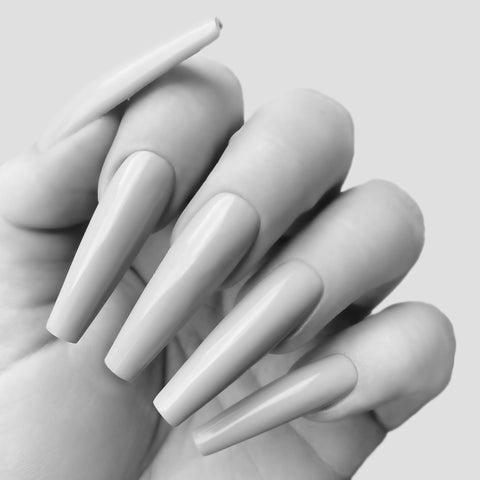
Split nails are a common condition that affects toenails and fingernails. These problems are generally the result of physical trauma and may also occur from wear and tear. While some people can prevent split nails, others cannot. There are a few different solutions for nail splitting, including home remedies and medical advice; however, provide treatment if the split is severe or frequently occurs.
To split nails to keep them together until the free edge grows out. Evenly or they can prematurely peel off. to protect the split nail from further damage. Silk wraps adhere better to the middle of the split nail than to the sides. If applied on the sides, however, the wrap may flake off. If the split is deep enough, the wrap may not be effective.
A closed nail injury is common in children. This condition occurs when a fingertip or weight falls on it. Can cause a subungual hematoma – blood collection between the nail plate and the nail bed. If the nail is too damaged to be repaired, a doctor may remove it to allow it to heal correctly. During the first 48 hours, it is essential to elevate the injured area to reduce pain and swelling.
Slave workers often have this condition. A recent study published in the Journal of the American College of Nutrition describes the effects of this condition. Slave laborers have to develop finger fissures. It’s possible to create splits on the same finger in months. There are several ways to protect the nail from breaks depending on your lifestyle. A simple treatment is to remove the infected layers of the nail with a nail reamer.
Overexposure to water
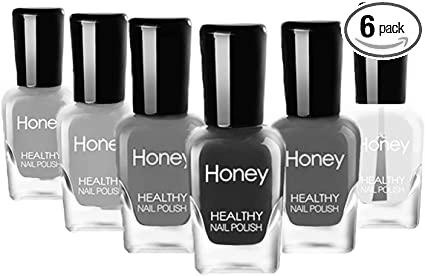
Several factors can contribute to weak or split nails, including water exposure. The skin surrounding the nails and frequent exposure to water soften and break down the nail cells, causing them to split. To prevent this condition, use gloves or protect your nails from water. Additionally, letting your nails breathe is essential, as keeping them too shiny or polished can weaken them. It is necessary to consult a doctor for further treatment for these reasons.
You should apply a good cuticle and nail oil to prevent split nails. Choose one that contains vitamin E and Jojoba oil. Jojoba oil has a tiny molecule that opens up the layer of skin that surrounds the nails, while Vitamin E cannot penetrate it without Jojoba oil. It is recommended to oil the entire nail plate and cuticle at least twice a day, more if constantly washing your hands.
Excessive hand washing and prolonged exposure to water can also contribute to split nails. Excessive picking and biting of the skin around the nails can irritate the skin and lead to painful raw areas. Another contributing factor is using too many cosmetics. These may contain chemicals that cause your nails to peel off and split. Taking vitamin B-12 supplements can help, but they won’t instantly fix the problem.
Apart from overexposure to water, another factor that can lead to split nails is iron deficiency. These vitamins are essential for healthy nails and can be in foods such as eggs, legumes, mushrooms, and whole grains. If you suffer from an iron deficiency, a daily vitamin supplement to correct the situation. If your nails are constantly splitting, it’s likely to result from any of the other factors.
Occupation
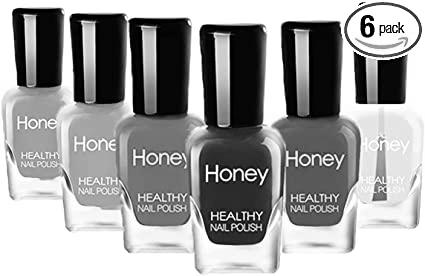
If you frequently expose your hands to water, you’re at risk of splitting nails. Water, also known as “onychoschizia,” causes nails to expand and contract. Constant exposure causes the nail plate to break. Pool lifeguards, cosmetologists, waitresses, dishwashers, florists, and others are at risk of splitting nails. People who frequently wash their hands are also at risk.
Occupations involving frequent hand washing, nail procedures, and exposure to harsh chemicals increase the risk of developing split nails. Other causes include injury, diseases of the gland system, tuberculosis, or malnutrition. These conditions affect approximately 20% of the population. And in some cases, nail splitting may be caused by a particular drug or the occupation itself.
Psoriasis
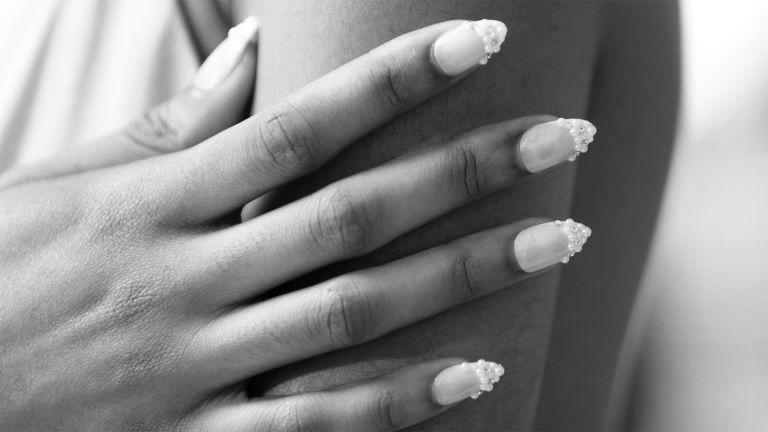
Psoriasis can affect both the skin and the nails. The condition often manifests as horizontal ridges on the nail. The presence of these ridges is a sign of zinc deficiency. The symptoms vary depending on the location of the affected nail. If you notice these horizontal ridges, you may have psoriasis. The nail may also become thick, brittle, and breakable. The changes in nail structure can move and work diligently.
The best treatment for nail psoriasis is individualized. Different types of medications may be used, depending on the severity of the disease, where it is, and its extension. Treatment of psoriasis may involve a variety of approaches, including surgery, topical creams, and medications.
Treatment for nail psoriasis varies depending on the severity of the disease. Treatment focuses on treating the disease and preventing further progression. Topical therapy can provide for the symptoms, but it may be a long process. The patient must learn to cut their nails short to avoid onycholysis. It prevents the buildup of exogenous material and allows topical therapies to penetrate deeper. Additionally, patients must avoid trauma and nail-growing surgeries.
The presence of subungual hyperkeratosis must determine the severity of the disease. Due to psoriasis, or it may be an underlying disorder. In some cases, psoriasis can co-exist with onychomycosis. In such cases, it is essential to differentiate between the two.
